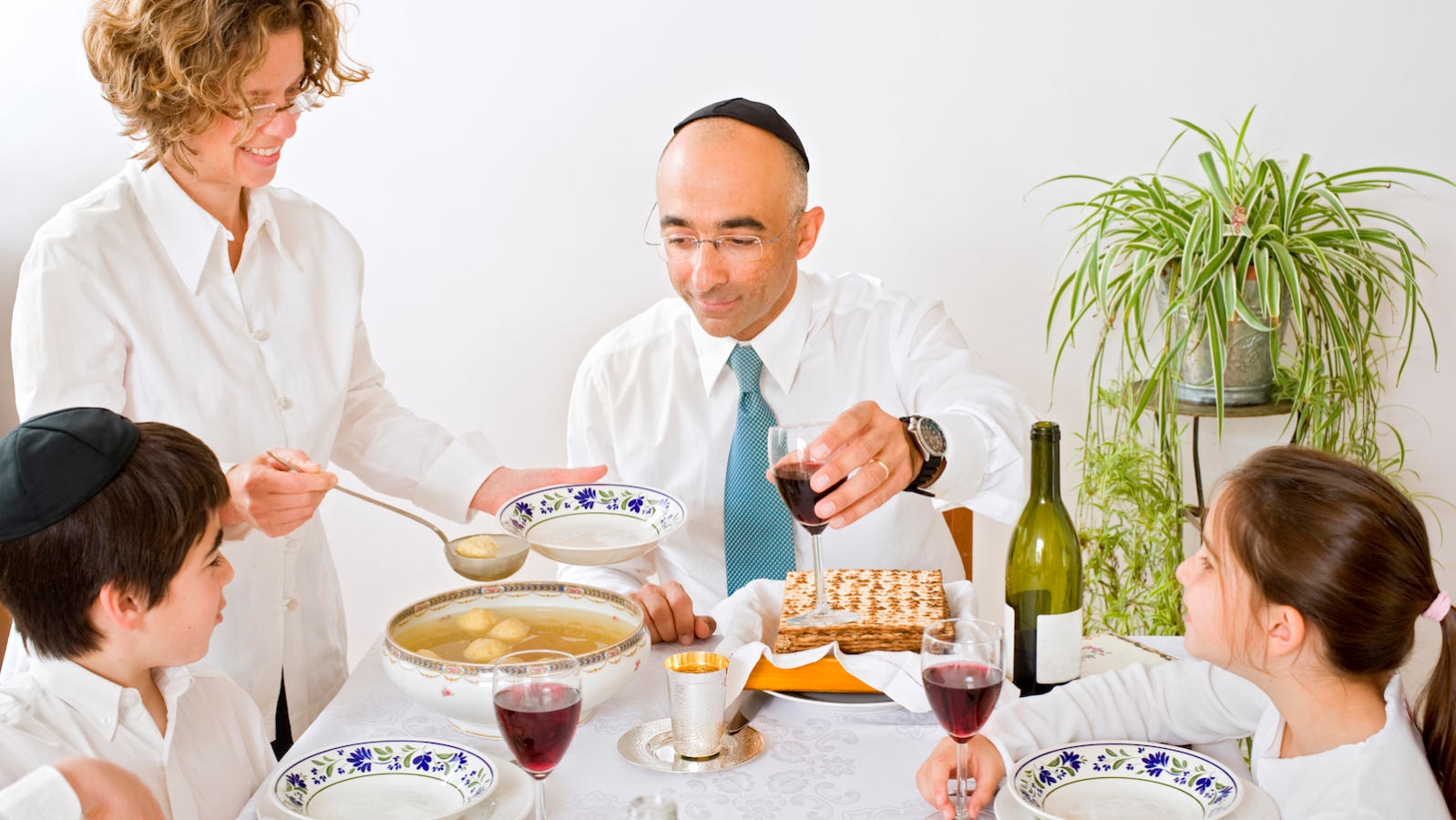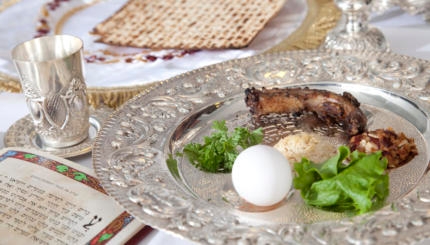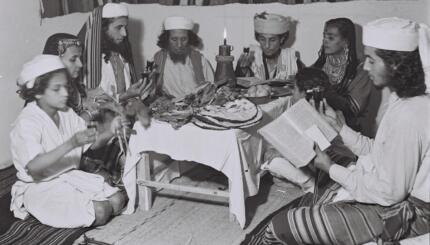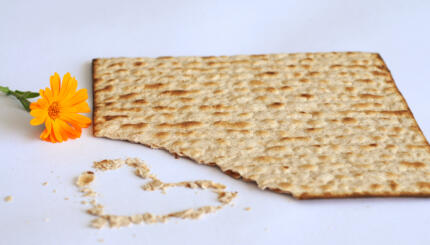Passover is a Jewish holiday that commemorates the Israelites’ Exodus from Egypt and their transition from slavery to freedom. In most of the world, Passover is an eight-day festival; in Israel and in Reform Jewish communities, Passover is observed for seven days.
Throughout the entire seven- or eight-day period, Jewish law forbids eating any hametz, or foods with leaven. The main ritual of Passover is the seder, a festive meal that involves the re-telling of the Exodus through stories and song and the consumption of symbolic foods, like matzah.
During the days leading up to Passover and throughout the holiday, it is customary to exchange holiday greetings with friends, family, colleagues and others who are celebrating Passover. Is it OK to wish someone a Happy Passover? Absolutely. There are also several traditional greetings across different Jewish languages that are specifically used during Passover.
- Chag Sameach — Pronounced “Chahg Sa-MAY-Ach,” this is a general Hebrew expression that literally translates to “happy holiday” and is typically used for any celebratory Jewish observance.
- Chag Pesach Sameach — Pronounced “Chahg pay-SAKH Sa-MAY-Ach,” this greeting means “happy Passover” in Hebrew.
- Gut Yontiff — Pronounced “Guht YON-tiff,” this traditional Ashkenazi expression is a Yiddishized version of the greeting “Good Yom Tov” (Yom Tov, literally “good day,” is a term used to refer to the major Jewish festivals). It can be used on Passover or any of the major holidays.
- Pesach Alegre — Pronounced “Pay-SAKH AH-lay-greh,” this Ladino expression translates to “Merry Passover.”
- Chag Pesach Kasher v’Sameach — Pronounced “Chahg pay-SAKH kah-SHARE veh-sa-MAY-Ach,” this is a Hebrew greeting that literally translates to “have a happy and kosher Passover,” alluding to the festival’s strict prohibition on leavened grains. The variation Chag Kasher v’Sameach is also common.
- A Koshern un Freilichen Pesach — Pronounced “ah KUH-sher-in OON FRAY-lekh-in PAY-sakh,” this Yiddish greeting is commonly used by Hasidic Jews to convey wishes for a “kosher and happy Passover.”
- A Zissen un Koshern Pesach — Pronounced “ah ZEES-un OON KUH-sher-in PAY-sakh,” this phrase is used by Lithuanian/non-Hasidic Yiddish speakers to wish someone a “happy and kosher Passover.”
- Moadim l’Simchah — Pronounced “Moh-ah-DEEM Le-sim-CHAH,” this greeting is more common in Israel and among Sephardic Jews. It’s normally used to greet people on the intermediary days of Passover and Sukkot. The traditional response to “Moadim l’Simchah” is “Chagim u’zmanim le’sasson,” which literally means “Holidays and seasons for rejoicing” in Hebrew.
However you express it, have a wonderful Passover.

Help us keep Jewish knowledge accessible to millions of people around the world.
Your donation to My Jewish Learning fuels endless journeys of Jewish discovery. With your help, My Jewish Learning can continue to provide nonstop opportunities for learning, connection and growth.
Read more about Passover:
Must-Know Passover Phrases and Vocabulary
The 18 Best Passover Episodes on TV
7 Facts About Passover That Will Surprise and Delight You
Curious to know about other Jewish greetings?



